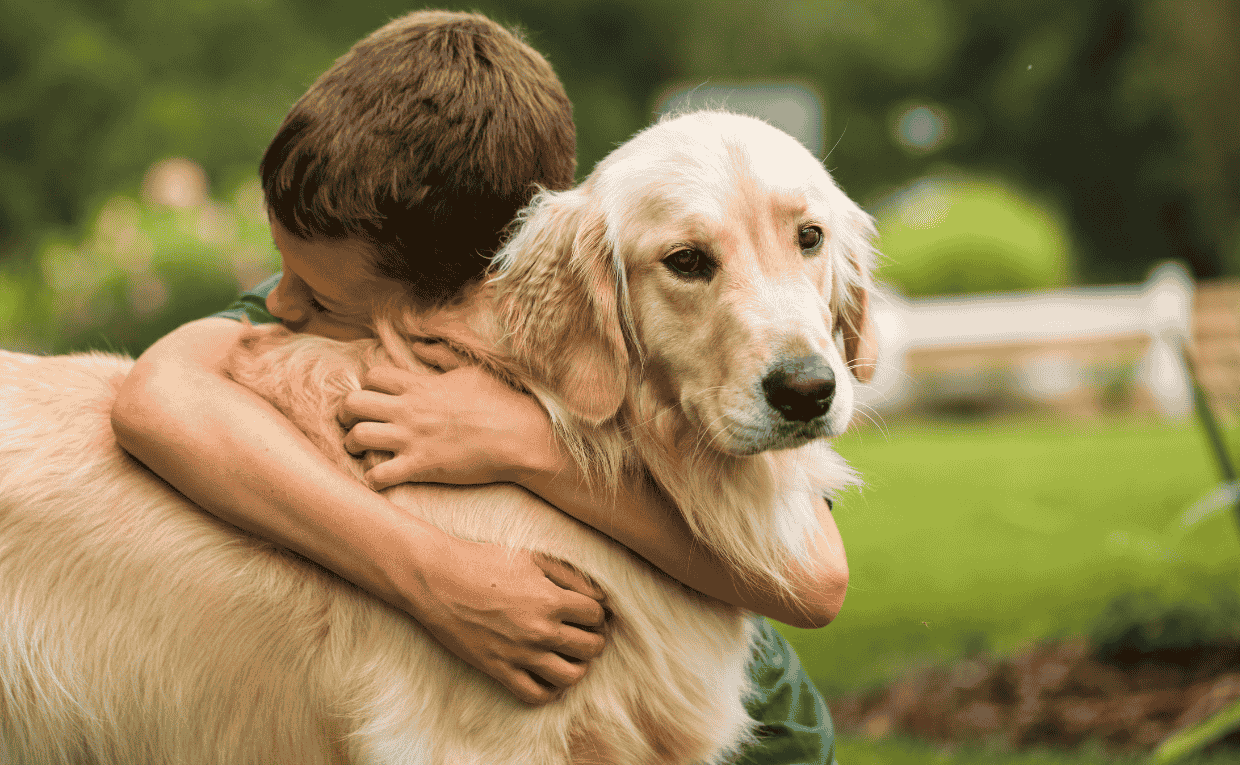As September rolls in, the change of season often brings cooler mornings, warmer afternoons, and in many regions, unpredictable weather. While pet owners may think hydration is only a summer concern, ensuring your furry friend drinks enough water is a year-round responsibility. In fact, early autumn can be deceptive—because temperatures feel milder, we may overlook how much water our pets truly need. Proper hydration plays a vital role in your pet’s health, from maintaining kidney function to keeping their skin and coat in top condition. So, how can you tell if your pet is drinking enough, and what can you do to keep them hydrated this September? Let’s dive in.
Why Hydration Matters for Pets
Just like humans, pets rely on water for almost every bodily function. Adequate hydration supports digestion, circulation, temperature regulation, and the elimination of toxins. For dogs and cats, water also lubricates joints, cushions organs, and aids in nutrient absorption. Without enough fluids, pets are at risk of dehydration, which can quickly escalate into a serious health issue.
Cats, in particular, are prone to low water intake because of their desert ancestry. They may not naturally feel the urge to drink as often as dogs, making it especially important to monitor their hydration.
Signs Your Pet May Be Dehydrated
Dehydration can sneak up on pets, so it’s important to watch for early warning signs:
- Dry nose or sticky gums
- Sunken eyes
- Loss of skin elasticity (skin doesn’t snap back quickly when gently lifted)
- Excessive panting
- Lethargy or unusual tiredness
- Reduced appetite or refusal to eat
If you notice any of these symptoms, encourage water intake immediately. In severe cases—such as persistent vomiting, diarrhea, or extreme lethargy—seek veterinary attention without delay.

Hydration Tips for September
Whether you’re enjoying sunny days in the park or cozy evenings indoors, these simple steps will help keep your pets refreshed and hydrated throughout September.
1. Refresh Water Bowls Often
Pets are more likely to drink when water is clean and fresh. Wash bowls daily and refill with cool, filtered water. Avoid letting water sit for long periods, as dust, food particles, and bacteria can discourage pets from drinking.
2. Place Multiple Water Stations
Especially if you have a larger home or multiple pets, place water bowls in different rooms. Cats in particular appreciate having quiet, low-traffic spots for drinking. Consider a wide, shallow dish to avoid whisker fatigue.
3. Try a Pet Fountain
Many pets, especially cats, are drawn to running water. Pet fountains provide a constant flow that encourages drinking while keeping water oxygenated and tasting fresh.
4. Add Moisture to Meals
Boost hydration by mixing a little warm water, low-sodium broth, or pet-safe bone broth into kibble. Wet food or raw diets naturally add more moisture, which can be especially helpful for cats.
5. Offer Ice Cubes or Frozen Treats
As afternoons in September can still feel warm, frozen treats are a fun way to hydrate pets. For dogs, freeze broth or plain yogurt into cubes. Cats may enjoy licking an ice cube or frozen chicken broth.
6. Carry Portable Water on Walks
Don’t let the cooler weather trick you—dogs can still get thirsty during outdoor activities. Bring a collapsible water bowl or pet water bottle on walks, hikes, or car trips.
7. Flavor the Water (Safely)
If your pet is a reluctant drinker, try flavoring water with a splash of tuna juice (for cats) or a few drops of low-sodium broth (for dogs). Just avoid additives like onion, garlic, or artificial sweeteners, which are toxic to pets.
8. Monitor Intake Closely
Pay attention to how much your pet drinks daily. Mark water bowl levels at set times to track consumption, especially if you’re concerned about their health. Sudden changes in drinking habits—either too little or too much—should be discussed with your veterinarian.
When to Call the Vet
While most hydration issues can be resolved at home, there are times when professional help is essential. Contact your vet if your pet shows:
- Persistent refusal to drink water
- Vomiting or diarrhea leading to fluid loss
- Dramatic increase in thirst (could indicate diabetes or kidney disease)
- Signs of urinary issues, like straining or blood in urine
Early intervention can prevent more serious complications and ensure your pet stays healthy
Final Thoughts: Keeping Pets Hydrated in September
Hydration is not just a summer concern—it’s a vital part of pet care every season. As September brings shifting temperatures and routines, don’t let your pet’s water intake slip under the radar. By refreshing water bowls, offering creative hydration solutions, and monitoring your pet’s behavior, you’ll help them stay comfortable, healthy, and ready to enjoy the best of autumn by your side.
At All Furry Tales, we believe every season is an opportunity to strengthen the bond with your pets. So, grab a bowl of fresh water, share a cozy walk, and make this September one of joy, health, and hydration for your furry friend.




